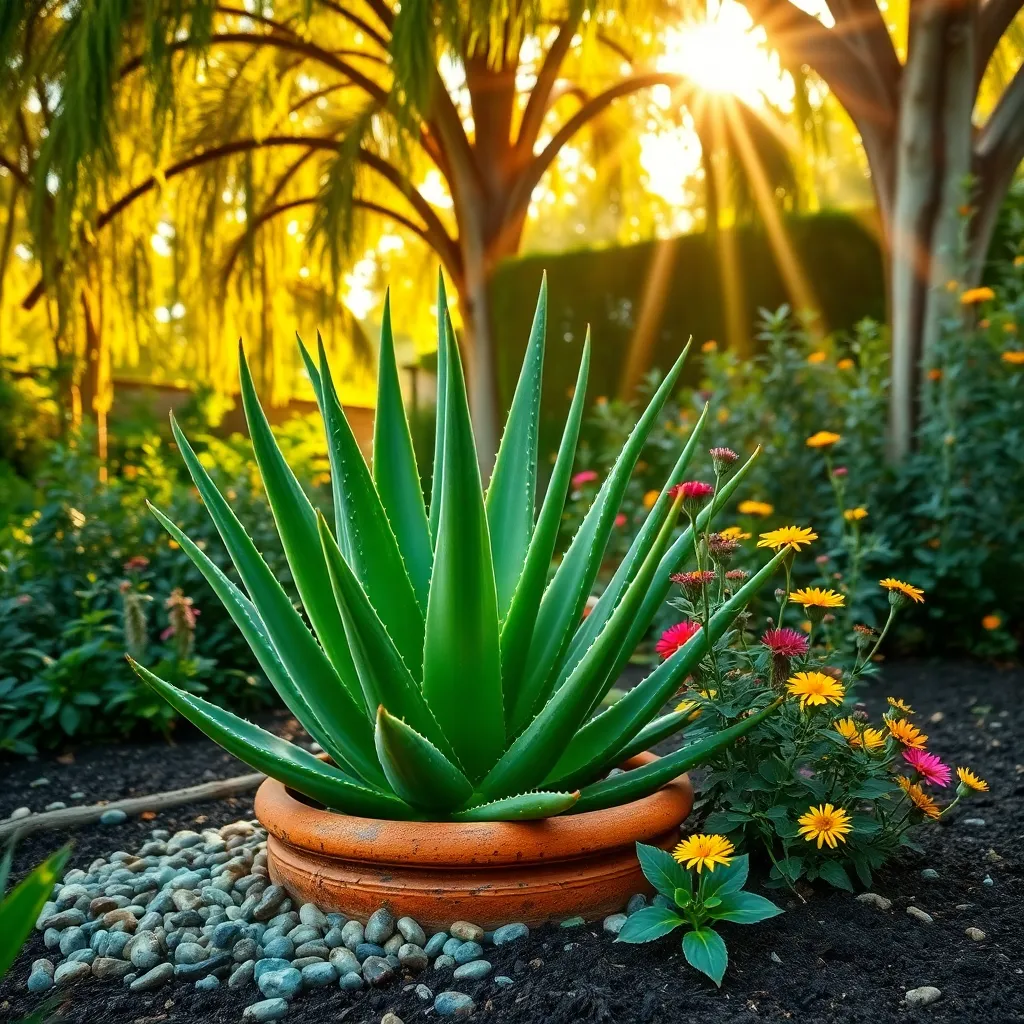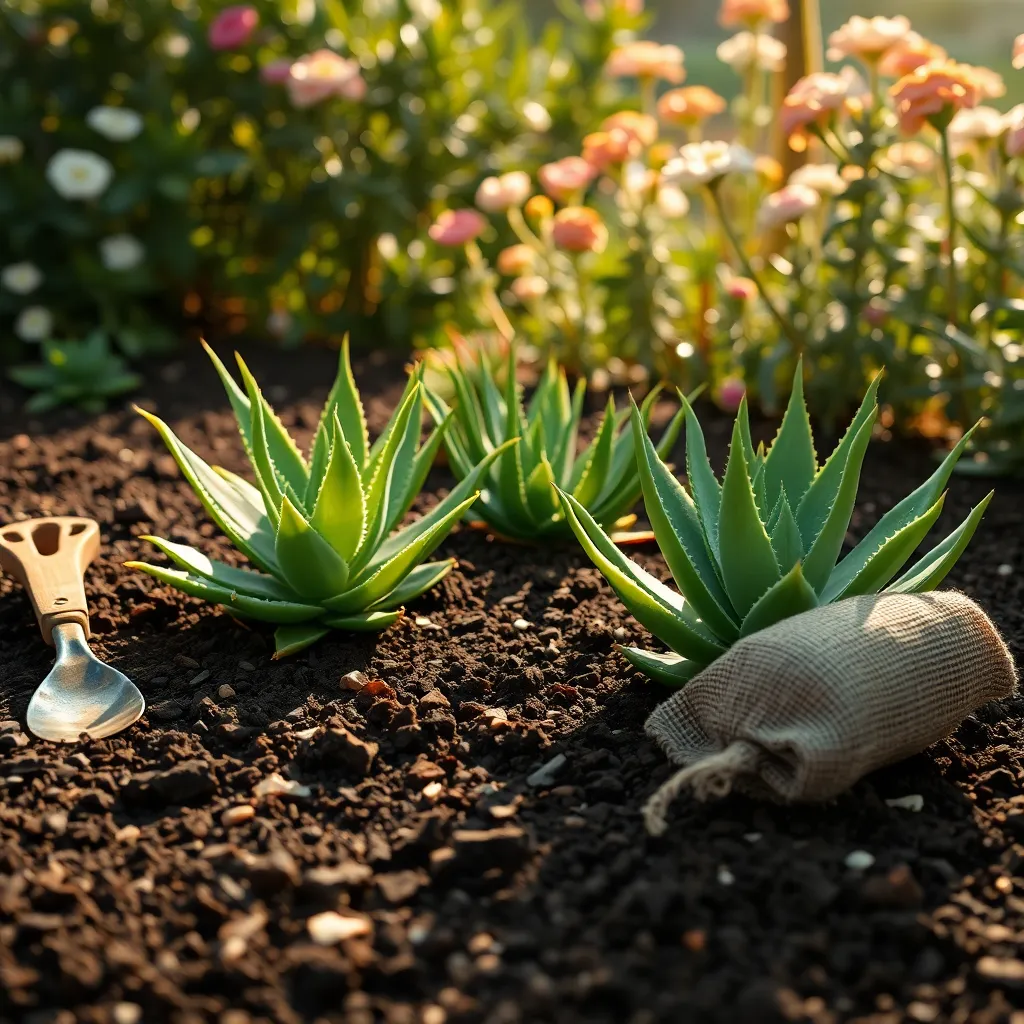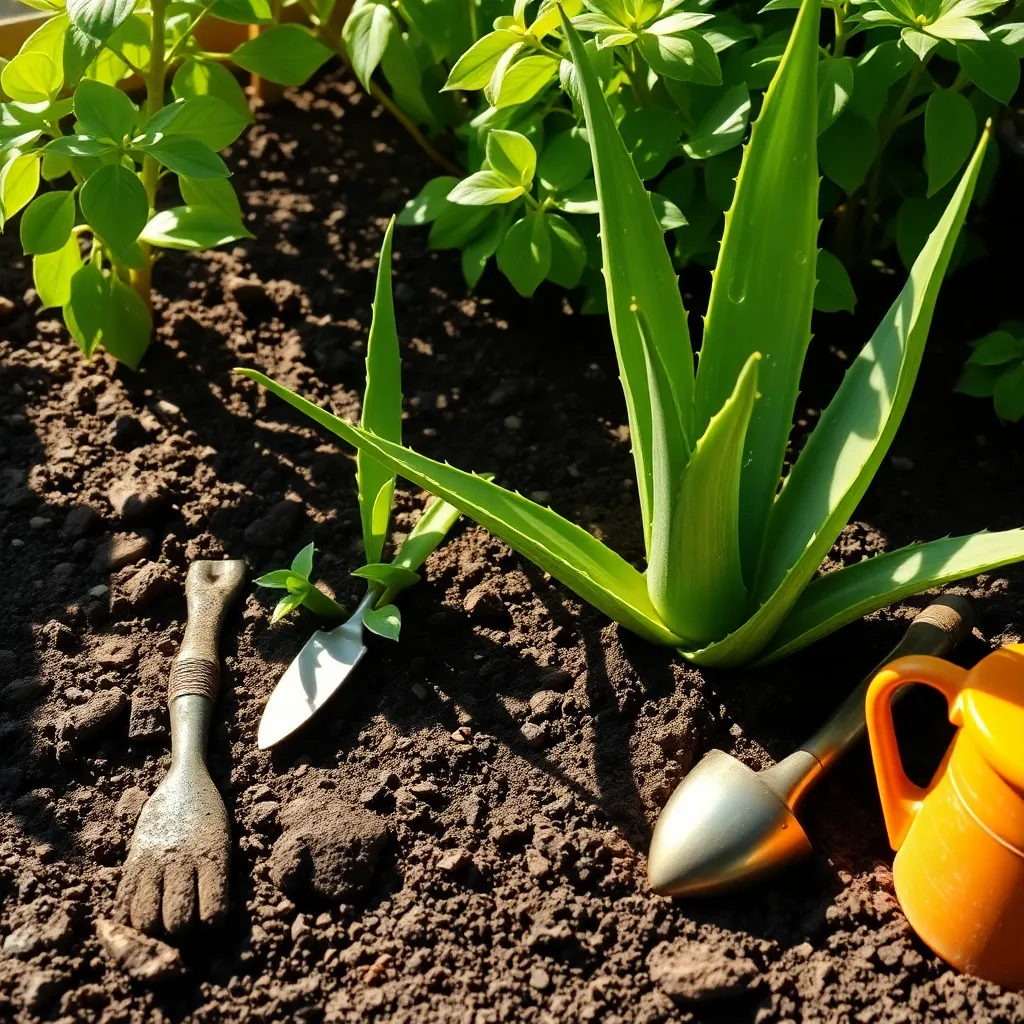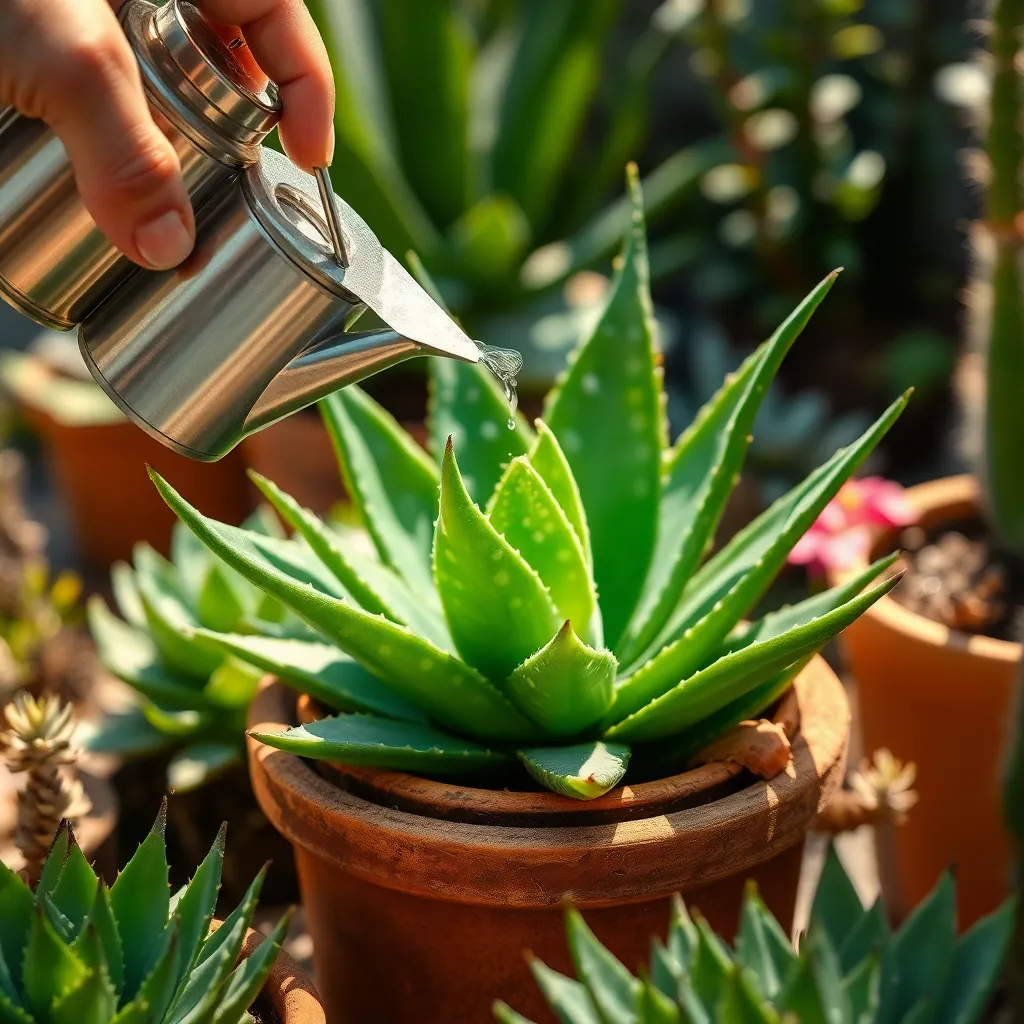Imagine stepping into your garden and being greeted by the sight of lush, spiky aloe vera plants thriving under the sun. This versatile succulent is not only a delightful visual addition to your outdoor space, but it also serves as a living pharmacy, offering soothing relief for burns and a host of other benefits. Whether you’re new to the world of gardening or have been cultivating plants for years, growing aloe vera can be a rewarding endeavor, providing both aesthetic pleasure and practical uses.
Aloe vera, with its hardy nature and minimal care requirements, is a perfect plant for gardeners of all experience levels. In this article, you’ll discover the essentials of cultivating aloe vera in your garden, from selecting the right location and soil to understanding its watering needs and propagation methods. You’ll learn the secrets to keeping your aloe vera healthy and thriving, ensuring it’s always ready to lend a hand—or a leaf—when needed. Let’s embark on this green journey together and unlock the potential of your garden with the timeless charm of aloe vera.
Select a Sunny Location

Finding the right spot for your aloe vera is crucial, as it thrives in full sun environments. Look for a location in your garden that receives at least six to eight hours of sunlight per day to ensure optimal growth.
Consider the soil quality in your chosen spot, as aloe vera prefers well-draining soil conditions. If your garden soil is heavy or clay-based, amend it with sand or perlite to improve drainage and prevent root rot.
Monitor the area for any potential shade during the day, especially from nearby trees or structures. Even partial shading can slow the growth of aloe vera, making it less robust and reducing its ability to store water effectively.
For gardeners in regions with intense, direct sunlight, consider using a light shade cloth during the hottest parts of the day. This can help prevent sunburn on the leaves, ensuring your aloe vera remains healthy and vibrant.
Prepare Well-Draining Soil

To ensure your aloe vera thrives, it’s crucial to prepare well-draining soil. Aloe vera is a succulent, meaning it prefers a dry environment and doesn’t tolerate waterlogged conditions.
Start by choosing a soil mix specifically designed for cacti or succulents. These mixes are formulated to provide excellent drainage, which is vital for preventing root rot in aloe vera plants.
For gardeners who prefer a DIY approach, create your own mix by combining equal parts of potting soil, coarse sand, and perlite or pumice. This combination allows water to pass through quickly, keeping the roots healthy and the plant happy.
Advanced gardeners might consider adding small amounts of crushed granite or volcanic rock to further enhance drainage. These materials not only improve soil texture but also add trace minerals that can benefit your aloe vera.
Plant Aloe Vera Correctly

When planting aloe vera, choose a sunny spot in your garden where it will receive at least six hours of sunlight each day. Aloe vera thrives in warm climates, so ensure that the location is protected from frost and cold drafts.
Begin by digging a hole slightly larger than the root ball of your aloe vera plant. Ensure the soil is loose and well-draining, as aloe vera is susceptible to root rot in overly moist conditions.
Gently remove the aloe vera from its pot, taking care to avoid damaging the roots. If the roots are tightly bound, tease them apart slightly to encourage healthy growth.
Place the aloe vera in the hole, ensuring the base of the plant is level with the surrounding soil. Fill in the space around the roots with a mix of native soil and a gritty material like perlite or coarse sand to improve drainage.
After planting, water the aloe vera thoroughly but allow the soil to dry out completely before the next watering. Watering sparingly is crucial, especially during cooler months, as aloe vera stores water in its leaves and is drought-tolerant.
To encourage strong growth, you can add a balanced, diluted fertilizer once a year during the growing season. However, avoid over-fertilizing, as too much can harm the plant’s health and vigor.
Water Sparingly and Wisely

When it comes to watering aloe vera, less is more. Aloe vera is a succulent, meaning it stores water in its leaves, so overwatering can lead to root rot.
Begin by ensuring your aloe vera is planted in well-draining soil, such as a cactus mix or a combination of sand, gravel, and regular potting soil. Proper drainage is critical to prevent water from pooling around the roots.
Water your aloe vera deeply but infrequently. Allow the soil to dry out completely between waterings, which typically means watering every two to three weeks, depending on humidity and temperature.
In cooler months, you can reduce watering even further, as growth slows and water needs decrease. Observe the leaves; if they become thin or curl inward, it may be a sign your plant needs more water.
Advanced gardeners can use a moisture meter to ensure the soil’s dryness before watering. This tool can help prevent overwatering and maintain optimal growing conditions for your aloe vera.
Monitor for Pests and Diseases

After ensuring your aloe vera is watered wisely, it’s crucial to monitor for pests and diseases that might affect its health. Regularly inspecting your plants can help you catch any issues early, preventing them from spreading or causing severe damage.
Aloe vera is generally hardy, but it can still fall prey to common pests like aphids, mealybugs, and spider mites. To address these, regularly check the undersides of leaves and use a gentle spray of water to dislodge them or apply insecticidal soap for more persistent infestations.
Diseases can also pose a threat, particularly root rot caused by overwatering. Ensure your aloe is planted in a well-draining soil mix, such as a cactus blend, to prevent excess moisture from accumulating and causing root decay.
For optimal health, consider rotating your aloe vera plant occasionally to ensure even light exposure, which can help deter some pests and diseases. Additionally, maintaining good air circulation around the plant can minimize the risk of fungal infections.
Conclusion: Growing Success with These Plants
In nurturing the growth of Aloe Vera in your garden, we’ve explored five essential relationship concepts that mirror the care and attention required in human connections. First, we discussed the importance of creating a nourishing environment, akin to ensuring your relationships are rooted in trust and respect. Second, just as Aloe Vera thrives with proper watering, consistent communication fuels relationship growth. Third, understanding how to manage sunlight reflects the balance between togetherness and individuality. Fourth, weeding and pruning emphasize the need to address issues and let go of past grievances. Finally, patience, like the slow growth of Aloe Vera, is vital for enduring bonds.
As your actionable next step, choose one of these concepts to focus on this week. Whether it’s initiating a heart-to-heart conversation or setting aside quality time, take a moment to cultivate your relationships.
Bookmark this article now to revisit these insights whenever you need guidance on nurturing your connections. By investing in these principles today, you are sowing the seeds for a thriving, lifelong relationship journey. Remember, the effort you put into relationships will blossom into success, just like the vibrant Aloe Vera in your garden.
